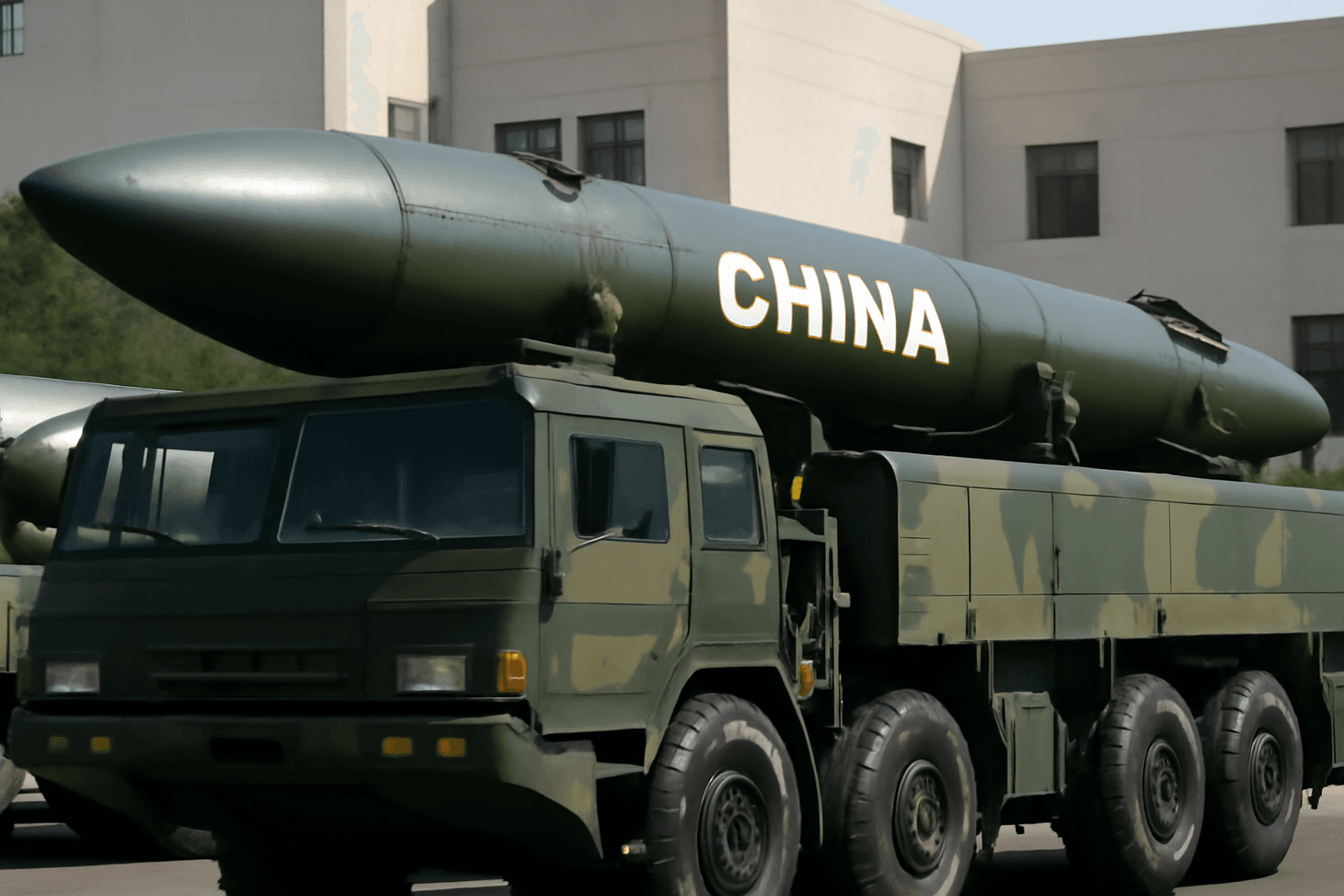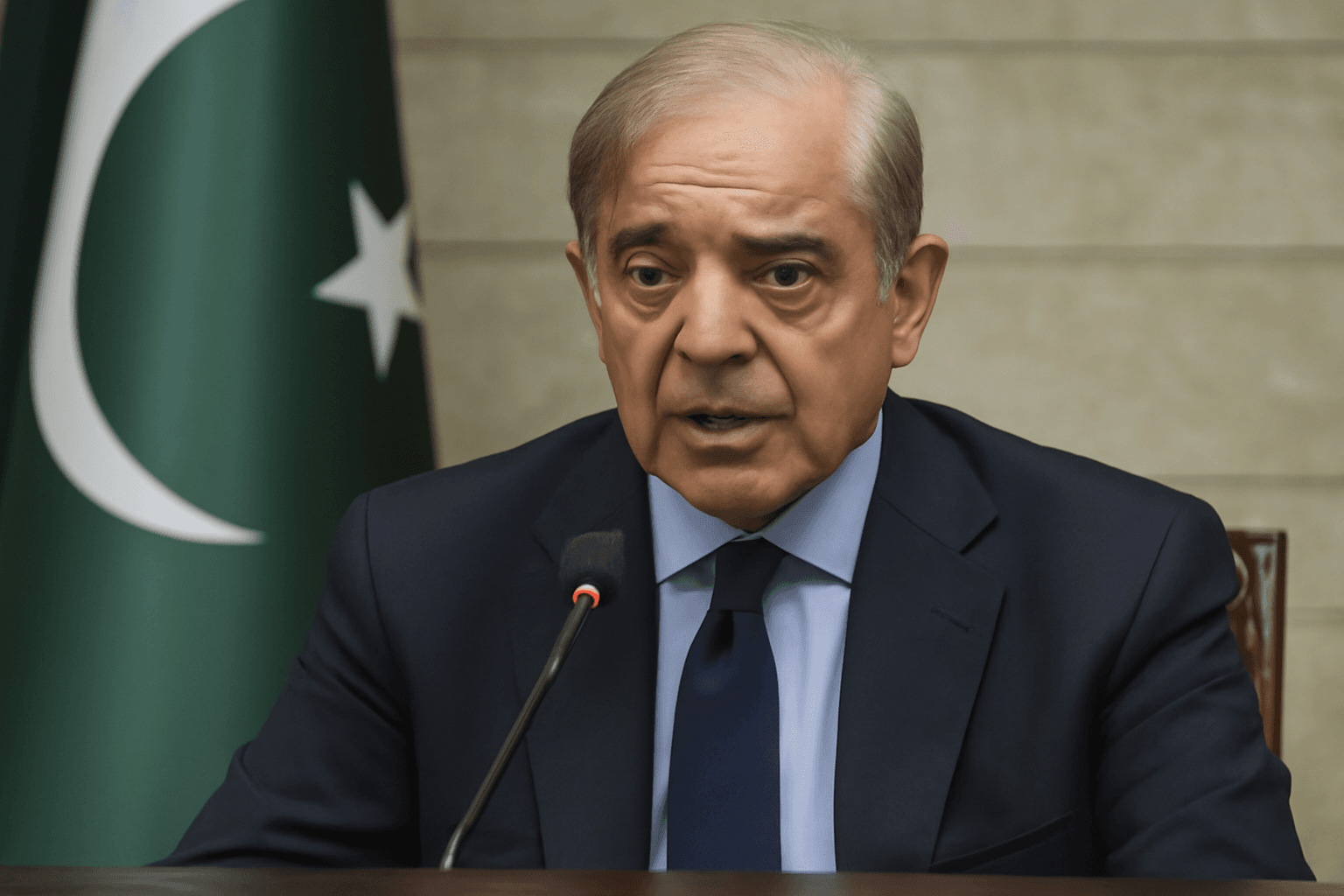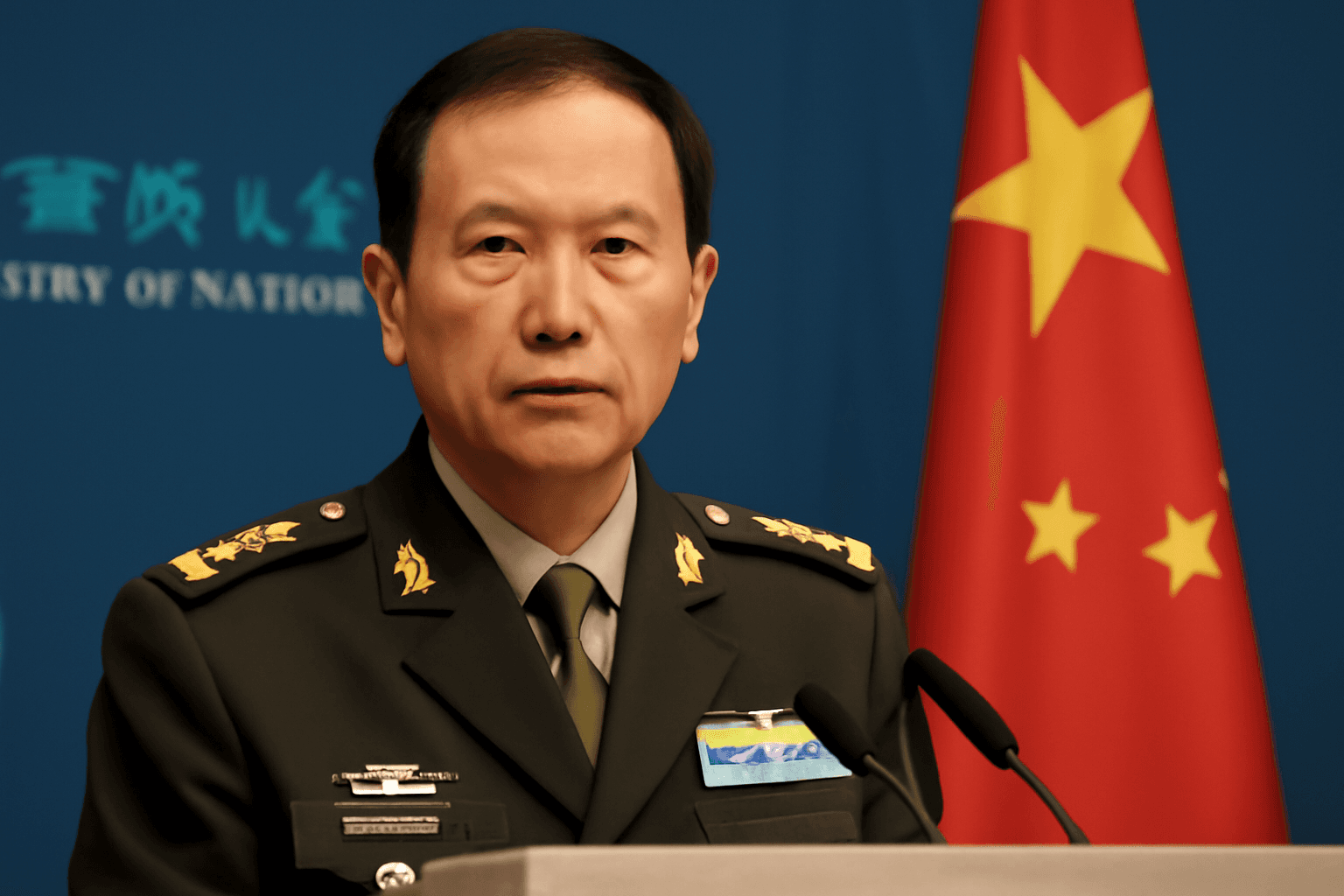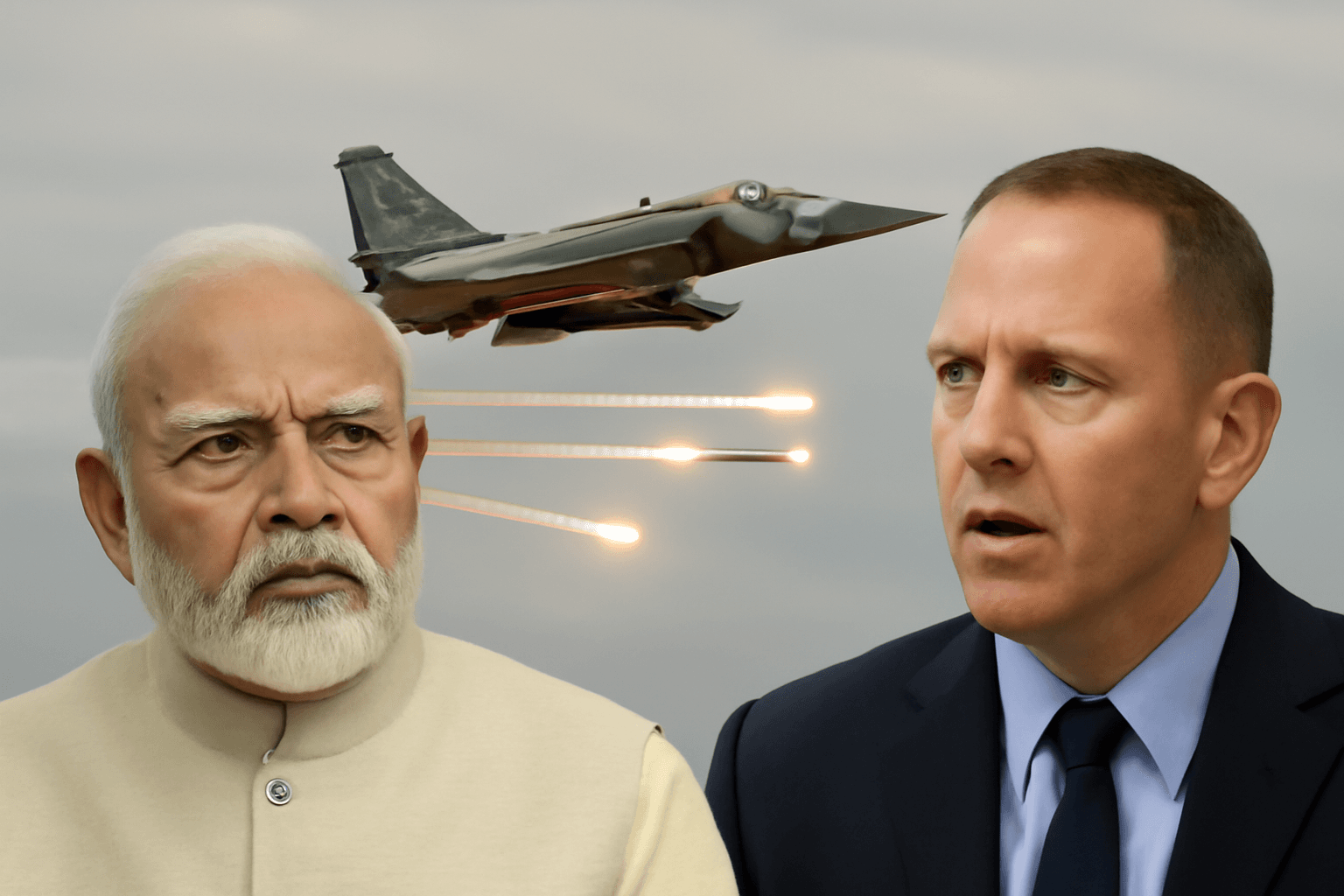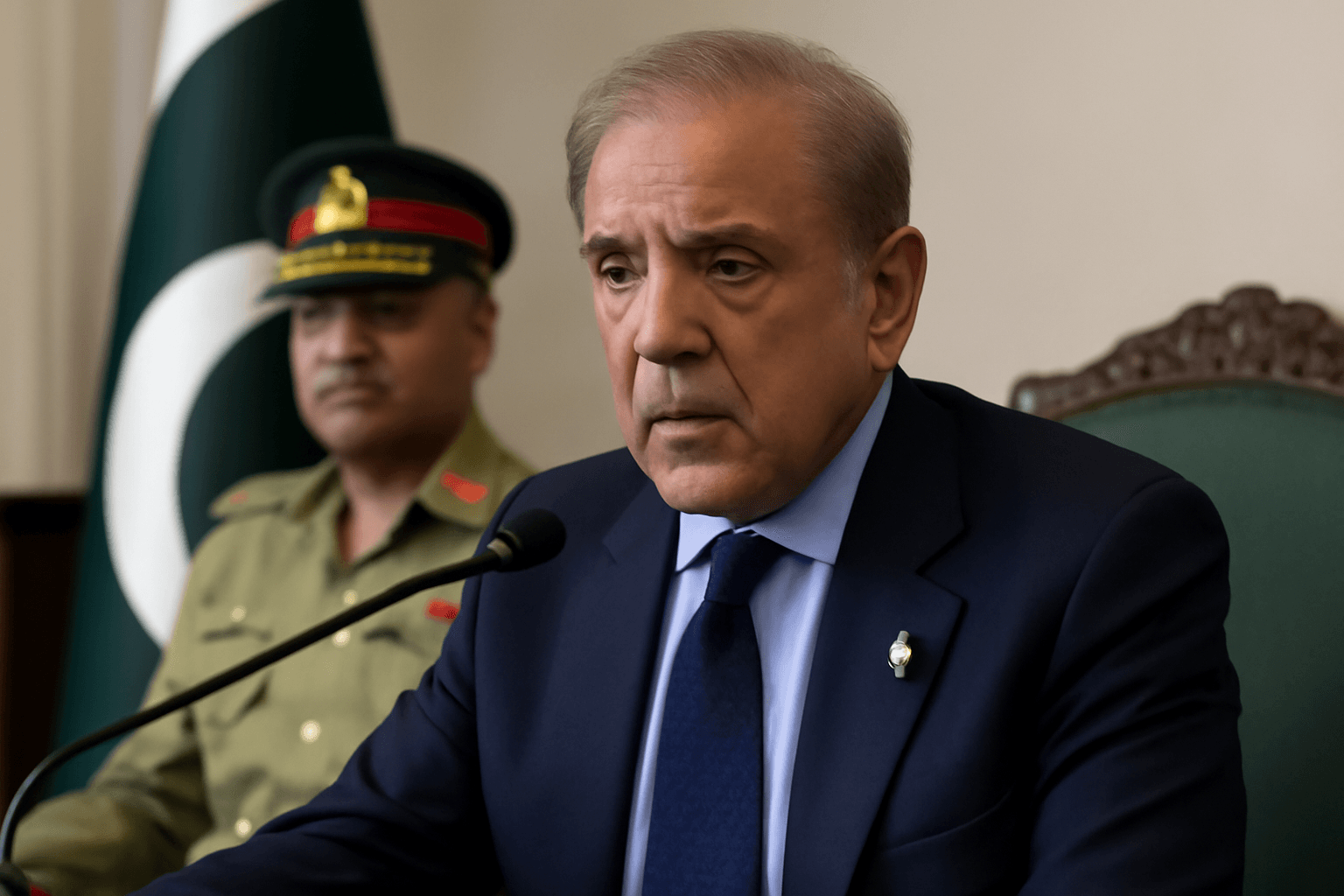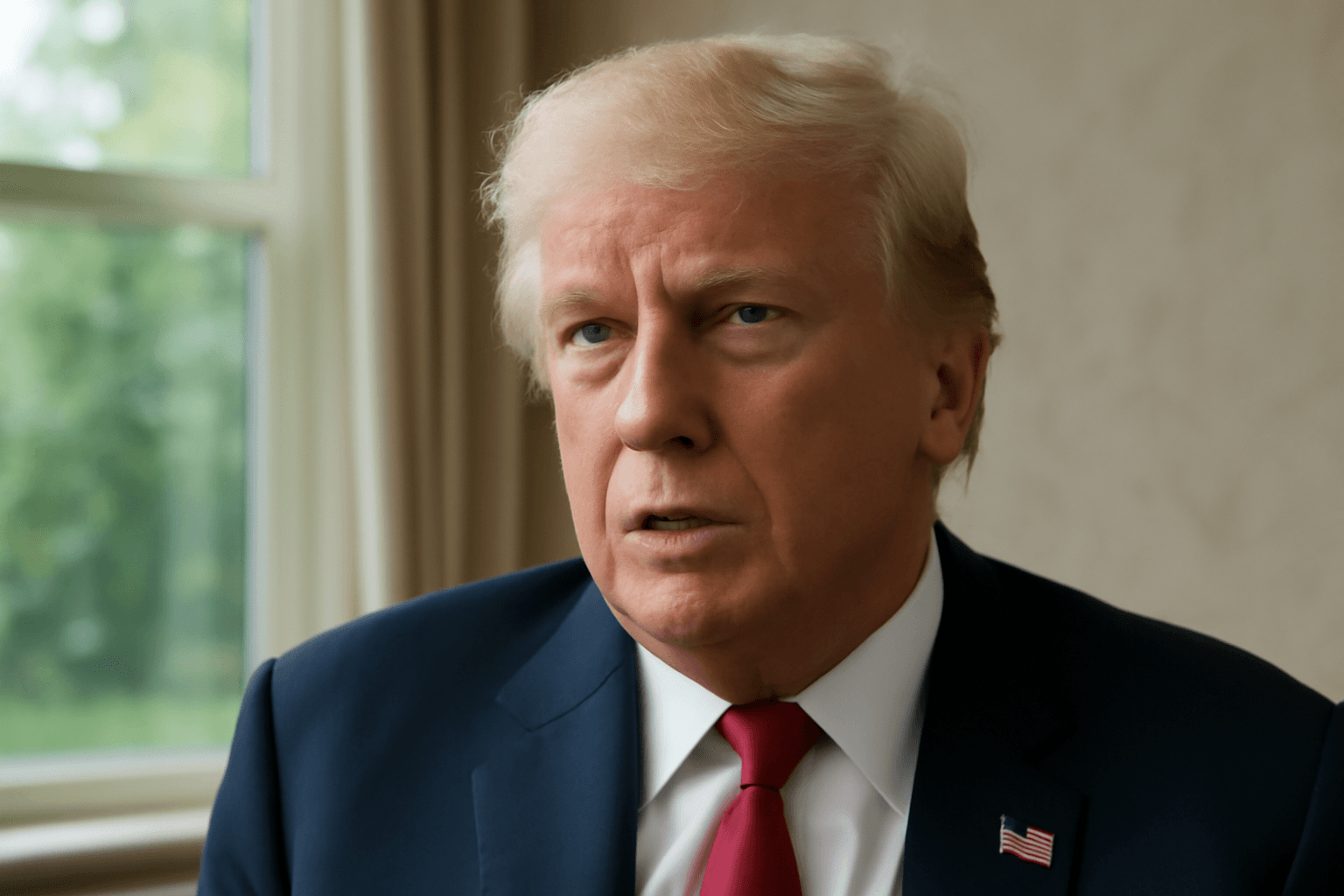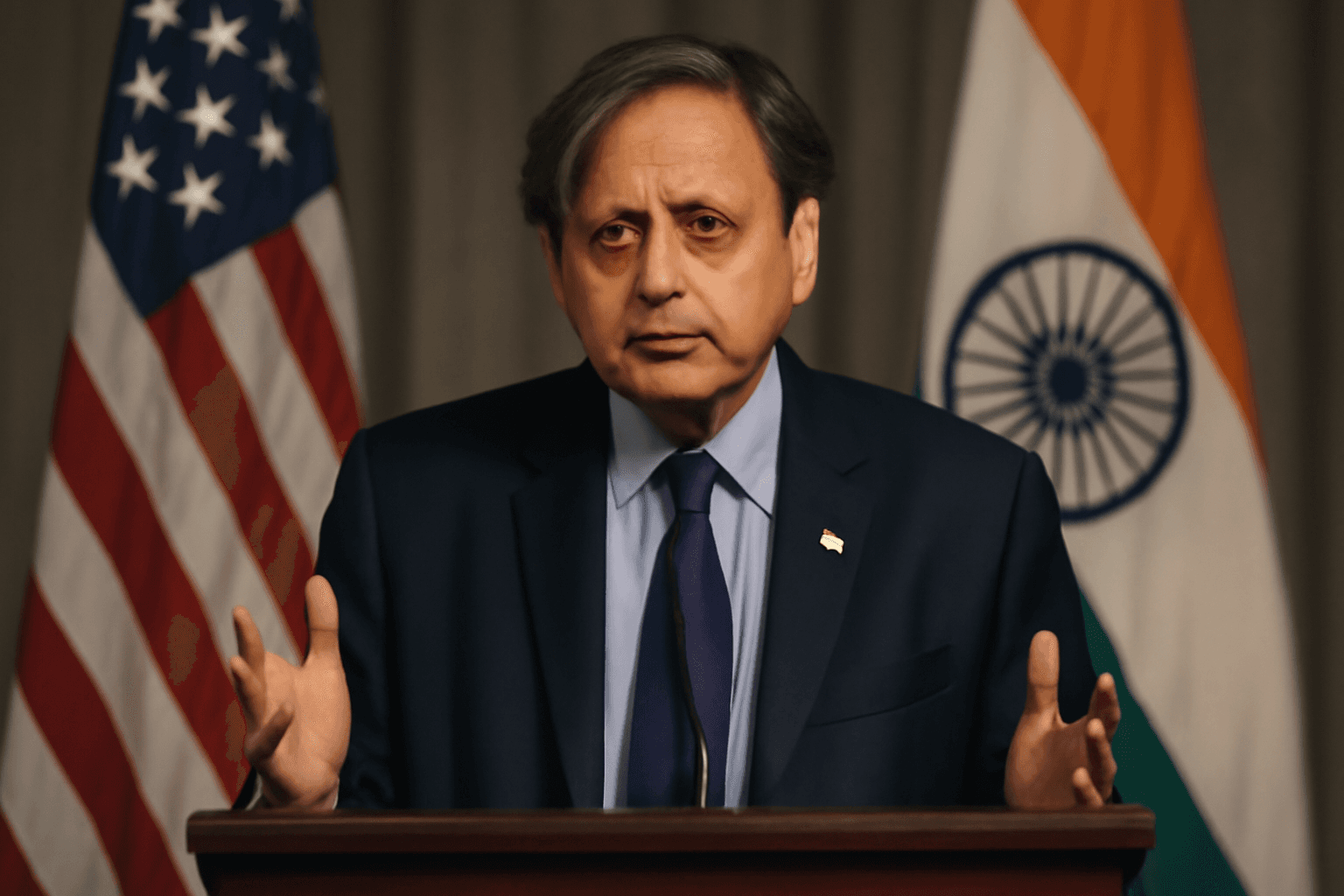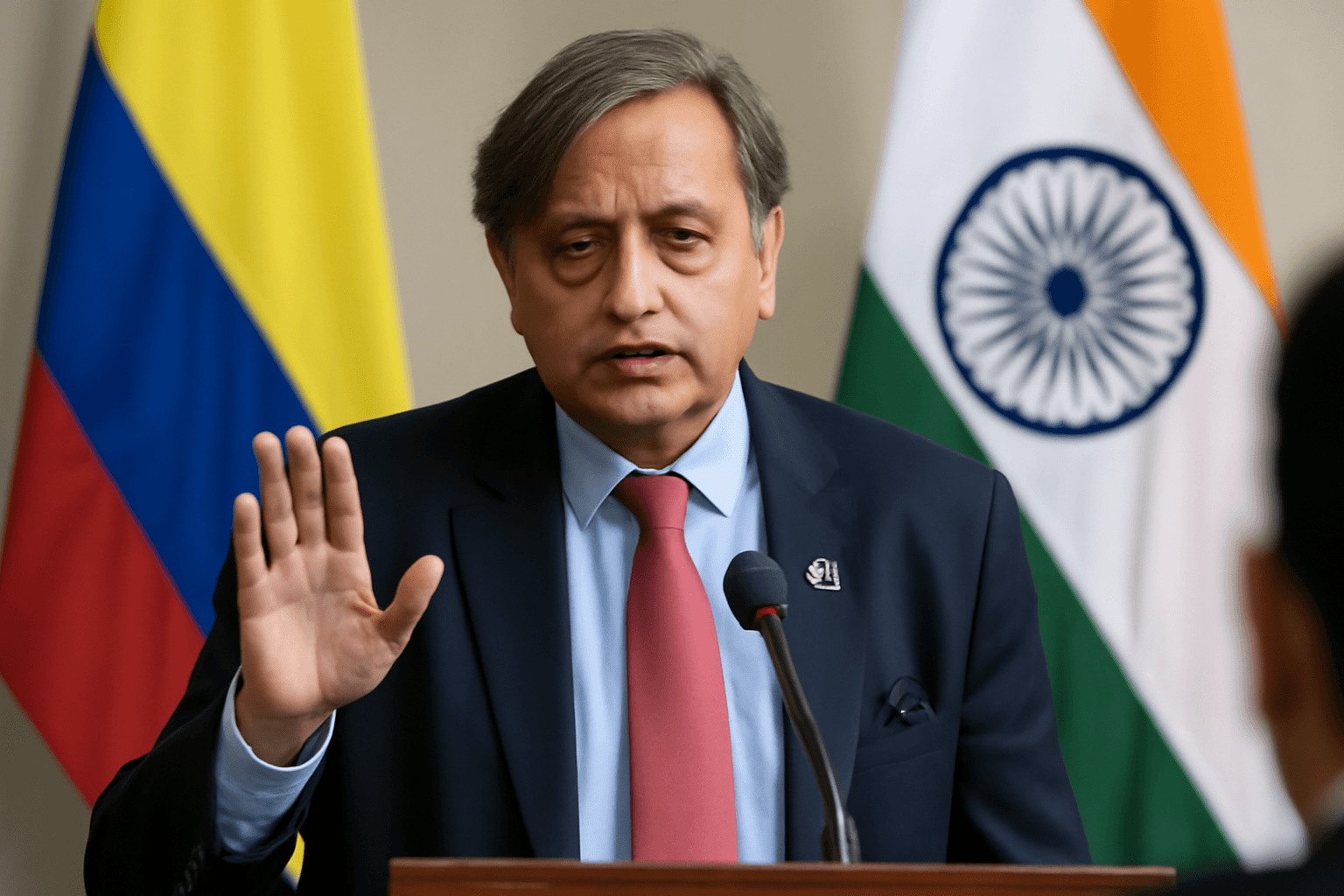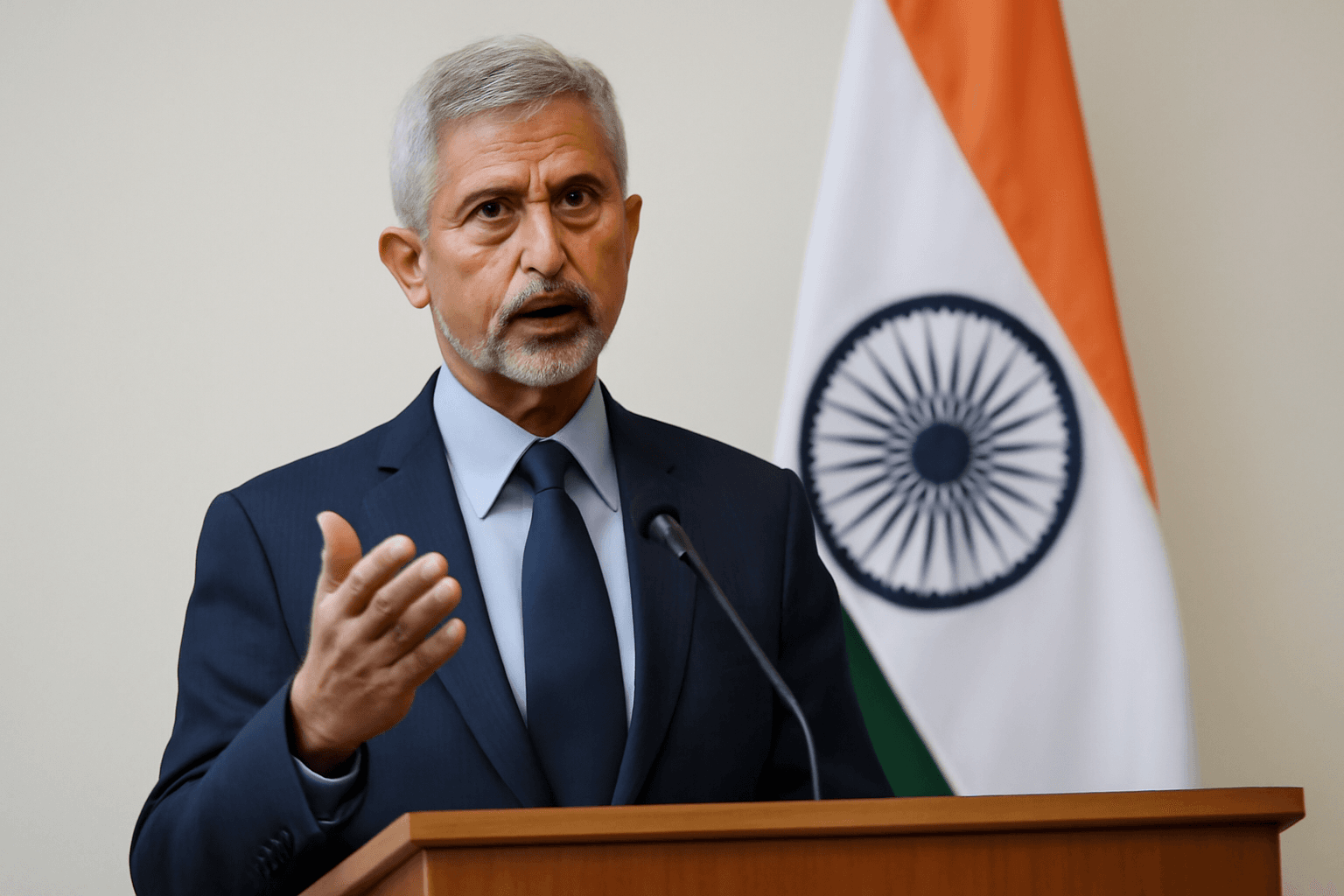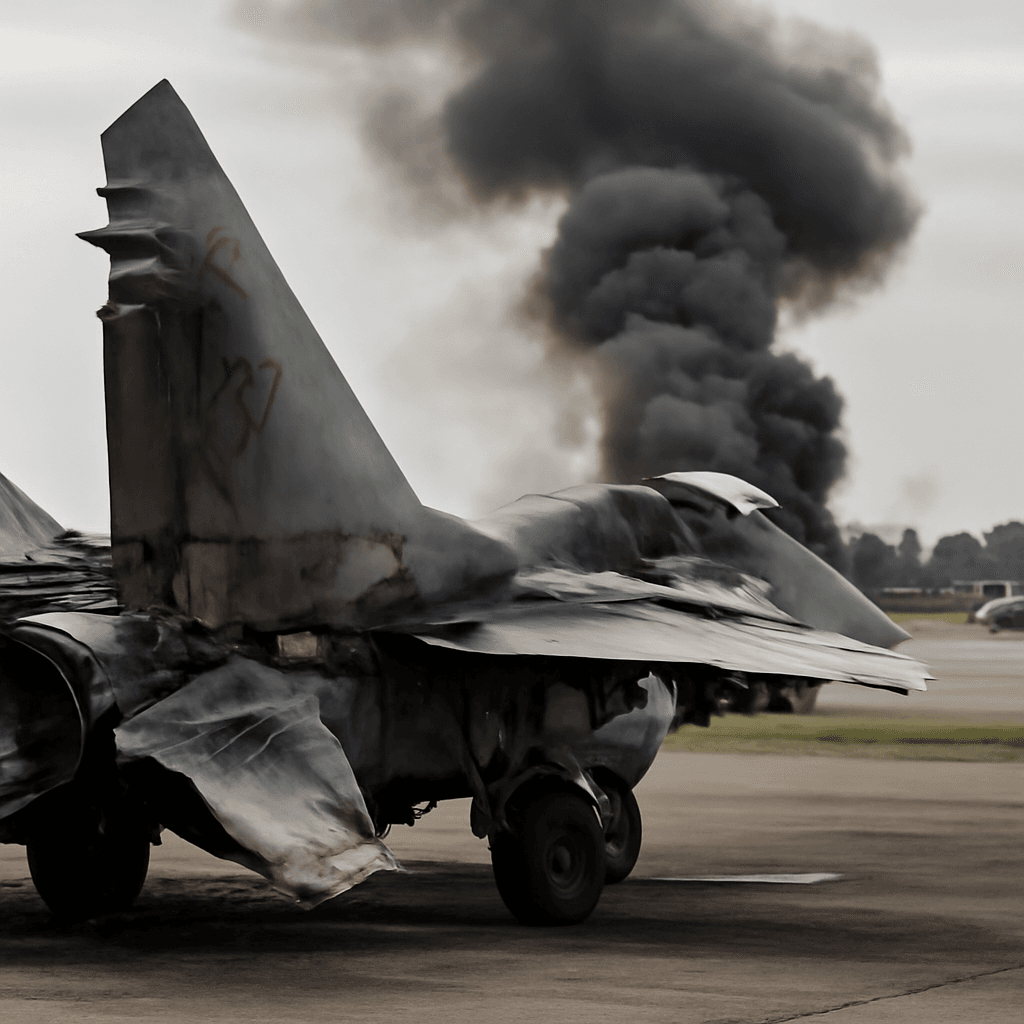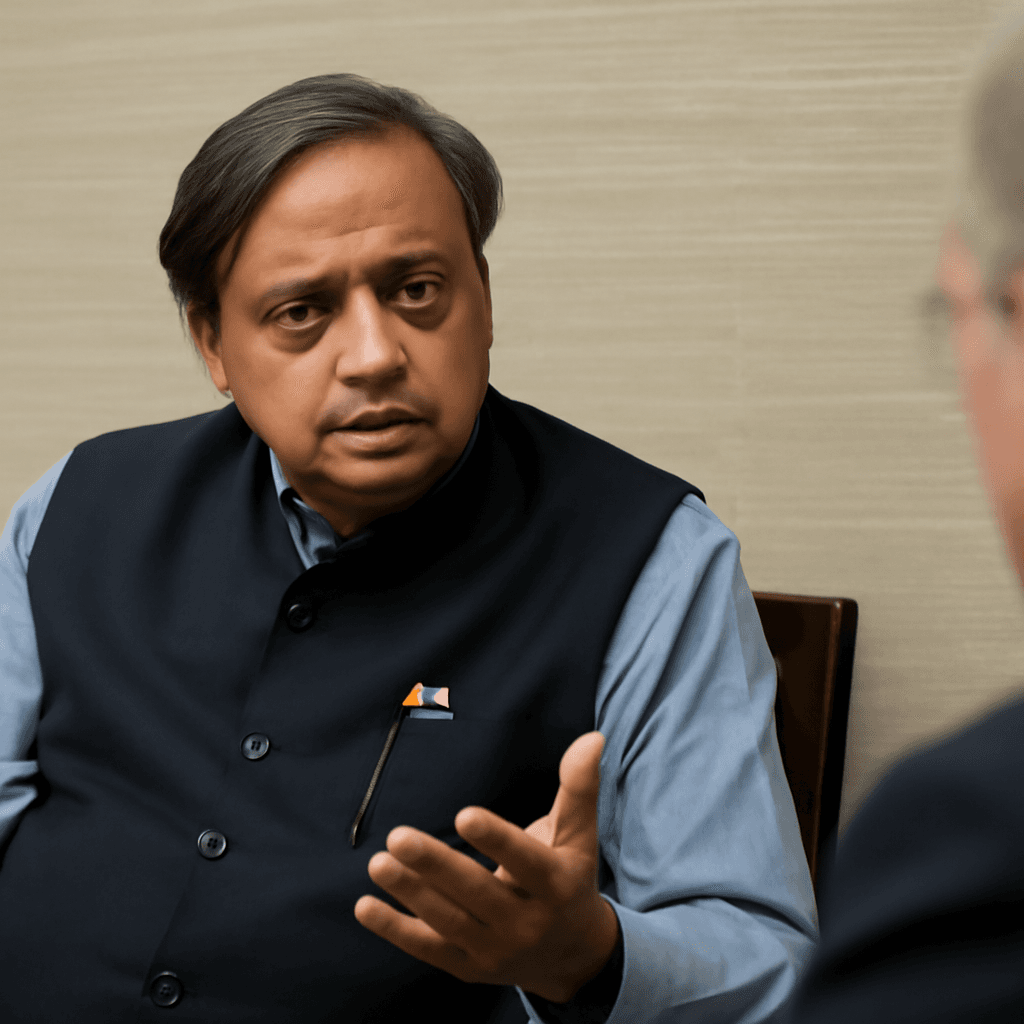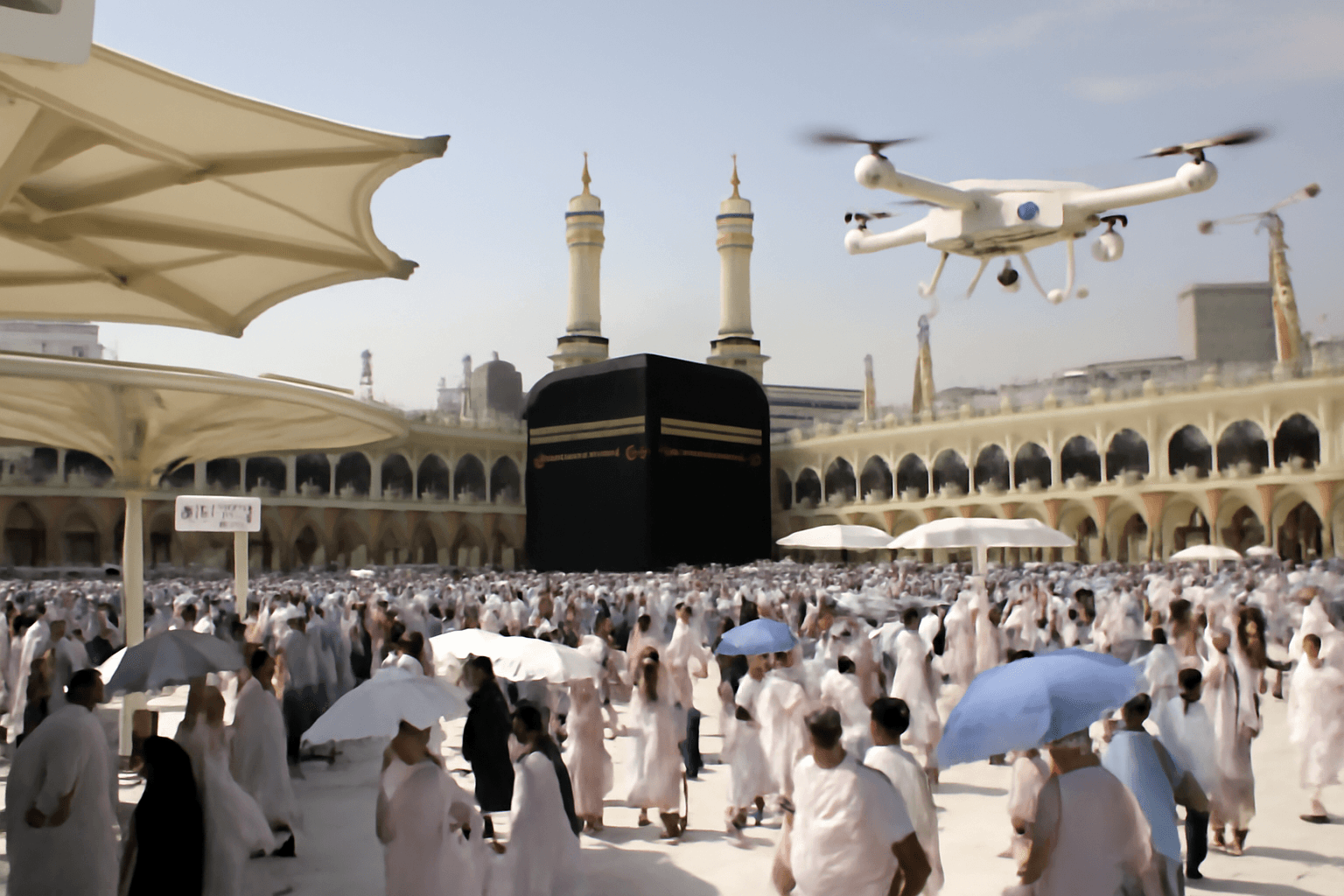The Chinese military declined to comment on the effectiveness of China-made weapons deployed by Pakistan during the recent conflict with India. During a press briefing on May 29, Senior Colonel Zhang Xiaogang, spokesperson for the Chinese Defence Ministry, also downplayed reports that India had recovered an unexploded PL-15E missile, described as China's most advanced radar-guided beyond-visual-range missile.
"The missile you mentioned is an export model and has been displayed at various defence exhibitions domestically and internationally," Zhang stated, marking the Defence Ministry's first media response since the May 7-10 military exchanges between India and Pakistan.
When questioned about Indian claims that China provided air defence and satellite support to Pakistan, and that Chinese weapon systems reportedly underperformed, Zhang responded, "India and Pakistan are neighbours who cannot be distanced from each other," avoiding direct answers.
The India-Pakistan conflict escalated following a terror attack in Pahalgam on April 22, 2025, which killed 26 civilians. In retaliation, India conducted precision strikes against terror infrastructure in Pakistan and Pakistan-occupied Kashmir on May 7 under Operation Sindoor. Pakistan subsequently attempted attacks on Indian military bases from May 8 to 10, which were met with strong Indian responses.
According to a recent Stockholm International Peace Research Institute (SIPRI) report, China has become the largest arms supplier to Pakistan, accounting for 81% of Pakistan’s arms imports between 2020 and 2024. These acquisitions include advanced jet fighters, radars, naval vessels, submarines, and missile systems. Notably, China and Pakistan jointly manufacture the J-17 fighter aircraft, a cornerstone of the Pakistan Air Force.
Despite China's significant arms exports and strategic alliance with Pakistan, official Chinese statements remain reserved regarding the battlefield performance of their weapons during the conflict with India.

